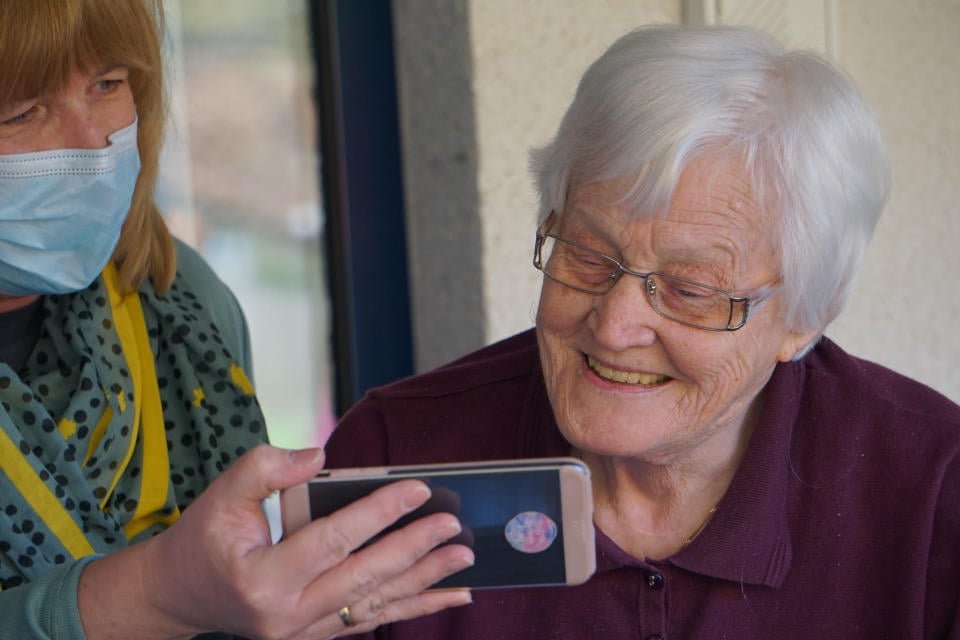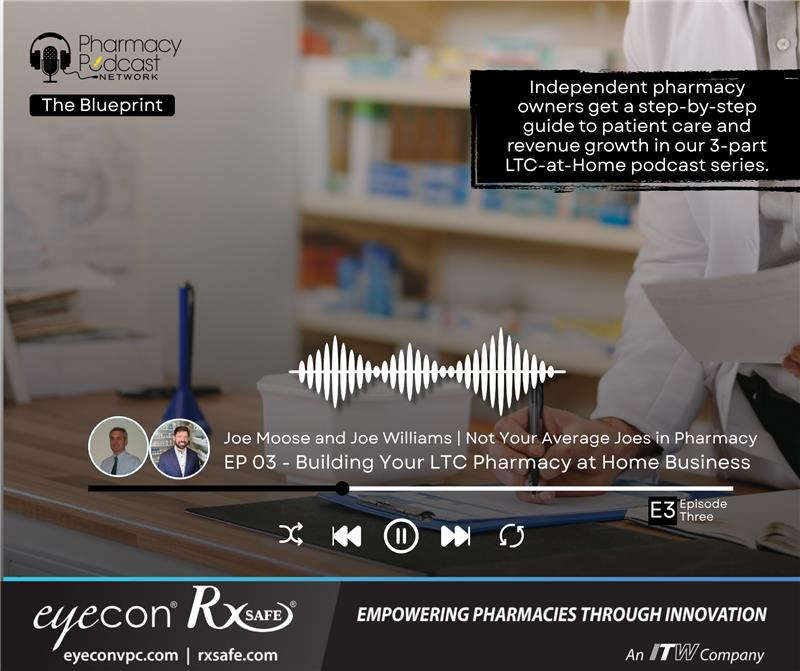The National Community Pharmacists Association (NCPA) is hailing a recent letter of guidance from the Centers for Medicare and Medicaid Services (CMS) regarding Medical-at-Home services, Medicare Part D fees, and long-term care (LTC) services as a win for LTC independent pharmacies.
CMS released a letter, dated December 15, 2021, to all Part D Sponsors providing guidance on Medicare Part D dispensing costs, specifically, costs for patients with institutional level of care needs who are still living at home.
Why is CMS clarification on medical-at-home services important for NCPA members?
Long-term care pharmacies have long worked with homebound patients’ care teams to administer care for medical-at-home (MAH) patients but have not been getting equivalent reimbursement for expenses. The NCPA’s Long Term Care Division, headed by its senior vice president of policy and pharmacy affairs, Ronna Hauser, PharmD, has been advocating for recognition of this problem for years. With this new guidance, there is finally a blueprint for recouping what LTC care pharmacies spend when serving MAH customers.

The Prescription Drug Benefit Manual of the CMS states that these costs may include the following:
- Costs associated with time spent electronically verifying information about a patient's coverage
- Activities connected with quality assurance activities consistent with 42 CFR § 423.153(c) (2), such as review or screening of prescribed drug therapies
- Measurement or mixing of the covered Part D drug
- Filling prescription containers
- Dispensing the completed prescriptions to the Part D enrollee
- Delivery of prescriptions
- Special packaging
- Overhead pharmacy costs
Who are medical-at-home patients?
Medical-at-home patients are typically individuals who opt to stay at home and are experiencing a “wide range of medical issues and are struggling to manage multiple medications,” necessitating help from a caregiver. MAH patients may be adults or children that have physical or medical limitations that hinder them from seeking care outside their homes.
During the pandemic, demand for home care increased following fears of infection as well as news of outbreaks in nursing homes and LTC facilities.
Why is med-at-home important to patients?
For patients who require the same type of care similar to LTC or assisted-living-type care, this new guidance allows them to receive the same care provided in nursing homes or other institutional care settings in the comfort of their own homes. This care is far less expensive than the same type of care in hospital or institutional settings.
At-home care is a rapidly growing market segment, with nearly 50% of independent pharmacies providing LTC services to their patients in 2020. As such, this model of care is an alternative to long-term care or nursing home care, especially as the market is projected to grow rapidly due to an aging population. With an aging population, age-related conditions and the need for assisted services or senior care also will increase. The general home healthcare market is expected to grow to more than $662 billion by the year 2027. In addition, all baby boomers will have turned 65 by the year 2030. With the aging of this large demographic segment, demand for more home care services can be expected to increase.
What are the LTC services that may be provided to patients?
Under the med-at-home program, healthcare professionals, such as long-term care and community pharmacists, can provide the following services in a patient’s home:
- Medication therapy management
- Medication synchronization
- Medication consulting
- Transitional care management
- Nursing home services and physical therapy for activities of daily life (ADLs) such as going to the toilet, eating, bathing, and dressing
How does med-at-home impact healthcare?
Providing medical-at-home services can decrease errors, increase patient compliance, and increase health care cost savings. Medical care at home lowers health care costs, as it prevents costly hospital visits and provides chronically ill seniors with quality care. The CMS Independence at Home Demonstration showed savings of $9.1 million in its 3rd year, without sacrificing quality of care.
Independent pharmacy and med-at-home for seniors
The NCPA has long championed the benefits of medical-at-home pharmacy services and has recognized the benefits of patients receiving care in the comfort and safety of their own homes.
With nearly 80% of American patients aged 65 or older opting to stay in their homes instead of seeking treatment in long-term care facilities such as nursing homes, the med at home model offers patients independence and a more cost-effective solution to managing healthcare needs.
Independent pharmacies are uniquely positioned to address the need for at-home healthcare needs of patients in a way that large chain pharmacies or mail order businesses simply cannot match.
The pandemic has highlighted the importance of pharmacists as the most accessible healthcare providers when they stepped up to the challenges and opportunities of providing more services to patients, such as administering tests and vaccines in their local communities.
With the CMS letter offering guidance on medical-at-home being hailed as a win for both independent pharmacy and patients, the NCPA continues its support of independent pharmacy.
Read the full text of the CMS letter here, view NCPA’s letter to Medicare here, and learn more about NCPA’s efforts to promote independent pharmacy by visiting their website.
To watch a replay of NCPA’s Med-At-Home webinar, click here.


.png)
.png)



.png)


